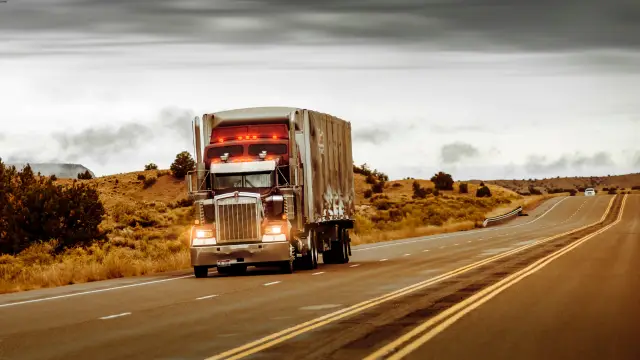Uncover IT Pain Points & Smart Solutions for Trucking Businesses
Trucking companies face several IT related pain points due to the complexity of their operations, regulations, and the need for real-time data. These pain points can impact their efficiency, compliance, and overall profitability.
There are several common situations, especially in small and midsize businesses, and one of them is the fact that they still operate on legacy systems.
What is a Legacy System?
To better understand what a legacy system is, let’s discuss it briefly. A legacy system refers to outdated or obsolete computing software, hardware, or technology. Many of these software solutions pose challenges to their vendors because of their lack of compatibility with modern technologies or be complicated to maintain due to an aging software architecture that was designed for operating systems that emerged more than 30 years ago. To palliate the situation, many vendors tend to sell the concept of running on the cloud, but the reality is that their solutions are the same, very old software running on cloud servers.
Is it a good idea to continue working on Legacy Systems?
Legacy systems often continue to operate because they are critical to business functions, store valuable historic data, and may be expensive to replace. However, as legacy systems are old, they can pose high security risks, reduce efficiency, and hinder innovation, flexibility, and growth.
Is the software that I use a Legacy System?
One of the most common ways to determine if the software you use is a legacy system is by assessing its age. If the software is 5 to 10 years old and has had minimal updates, it might be considered legacy.
If it was built with outdated technologies like COBOL, Visual Basic 6, .Net based applications, or old Java versions, it’s a strong indicator.
If the software doesn’t meet current cybersecurity standards like multi-factor authentication, it is outdated.
If the system often runs slowly, crashes often, only runs on-premises, lacks of cloud-based or mobile-accessible options, it is outdated.
If the system doesn’t integrate well with modern tools and cloud systems, it is a red flag.
If the software runs on a client-server technology and is not web-based or browser-based, it is most likely a legacy system.
Conclusion
Organizations typically modernize or migrate away from old systems to improve performance, integration to modern technologies, and security. Get technical assistance from experts to assess the software you use and explore replacement alternatives. There are affordable native cloud applications in the market for small and midsize trucking companies that can simplify your operations, enhance security, improve efficiency, support dynamic growth, and reliance on legacy systems.
Follow us on social media and stay connected, subscribe to our YouTube channel.
If you need assistance with these topics, contact us, we’ll be happy to help.
#TruckingChallenges #LogisticsStruggles #SupplyChainIssues #FreightCrisis #DriverShortage #DriverRetention #RecruitingDrivers #TruckDriverLife #LegacySystems #FleetManagement #DOTCompliance #HoursOfService #FleetTech #TruckingInnovation #LogisticsTech #ScalingTruckingBusiness #LogisticsSolutions #TruckBusinessGrowth #SMBLogistics#OrangeCounty #LACounty #UtahBusiness #UtahEntrepreneurs #UtahTech #UtahIT #DigitalTransformationUtah #UtahBusinessOwners #SaltLakeCity #ParkCity #Provo #Ogden #Lehi #Draper #Orem #AmericanFork #PleasantGrove

